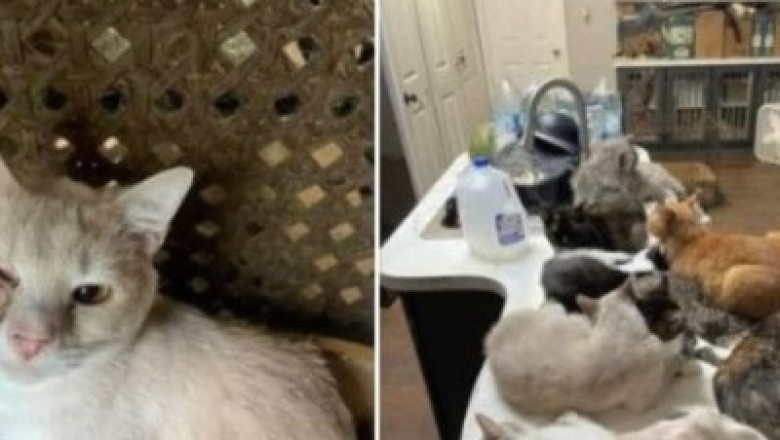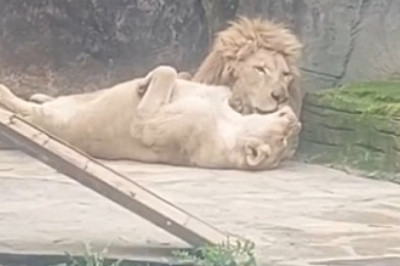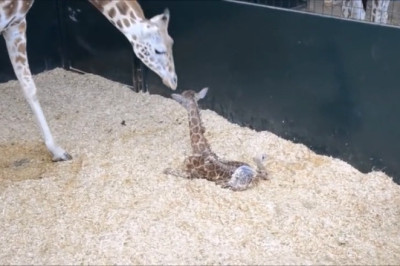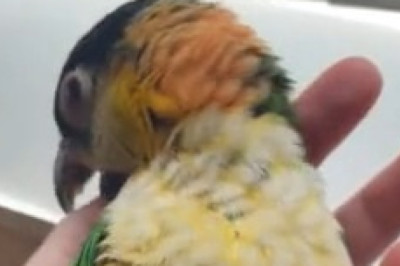
views
Teacher Lives with Over 300 Cats, Chickens, and Ducks in Deplorable Conditions
In a shocking turn of events, a Florida animal shelter recently discovered a distressing case of animal hoarding. It all began when a woman arrived at the shelter with 22 cats for spaying, revealing a much larger problem at hand. Authorities soon found out that she had been living with over 300 animals in deplorable living conditions.
Upon investigation, it was revealed that the animals, including chickens, ducks, geese, a peacock, cats, and dogs, were in a dire state. The cats showed signs of flea infestation, fur loss, eye and nose discharge, and wounds from fights. The situation inside the woman's mobile home was equally alarming, with a pungent smell of ammonia, feces, and urine stains. To make matters worse, the poor animals were seen climbing on furniture, struggling to find any space at all.
The 48-year-old woman, who considered herself an "animal savior," is now facing charges related to the animals' welfare, including neglect. As overcrowding in the shelter is a concern, local authorities are encouraging animal adoption to prevent the tragic possibility of euthanasia.
This heartbreaking incident shines a light on the serious issue of animal hoarding and its consequences. Animal hoarding is a complex psychological disorder where individuals accumulate a large number of animals without being able to provide proper care for them.
It is important to note that while this woman may have had good intentions, her lack of ability to meet the basic needs of these animals resulted in their severe suffering. Overcrowding and unsanitary conditions are breeding grounds for disease, stress, and aggression, leading to serious health issues and even death.
Beyond the immediate impact on the animals involved, animal hoarding poses a significant risk to public health. The accumulation of waste and the absence of proper hygiene create an environment that harbors bacteria and parasites. This not only endangers the hoarder but also jeopardizes the health and safety of the entire community.
To address cases like this, it is imperative for authorities and animal welfare organizations to intervene promptly. The animals must be removed from the hoarding situation and given the necessary medical care, grooming, and socialization they desperately need.
Furthermore, it is crucial to provide psychological support and counseling to the hoarder to address the underlying issues that contributed to the hoarding behavior. Without addressing the root causes and providing comprehensive support, there is a high risk of recidivism, with the hoarder potentially accumulating animals again in the future.
This incident serves as a poignant reminder of the importance of responsible pet ownership and the need for education on proper animal care. Owning a pet comes with significant responsibilities, including providing adequate food, shelter, veterinary care, and emotional attention.
It is vital for individuals to understand their limitations and seek help when they find themselves overwhelmed. Local animal shelters and rescue organizations are valuable resources that can provide assistance to those facing challenges in caring for their pets.
In conclusion, the recent case of the teacher living with over 300 cats, chickens, and ducks in deplorable conditions is a stark reminder of the heartbreaking consequences of animal hoarding. Early intervention, education, and support are of utmost importance in preventing such situations and ensuring the well-being of both animals and their human caregivers.




















Comments
0 comment